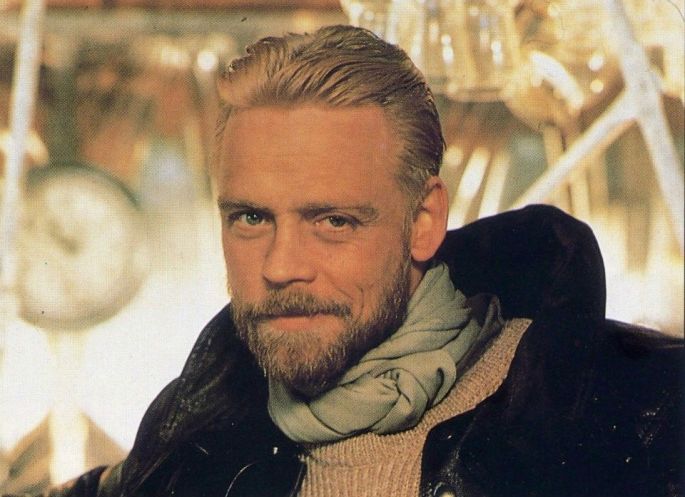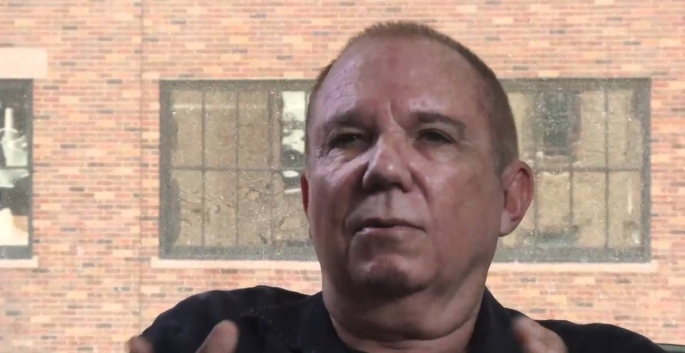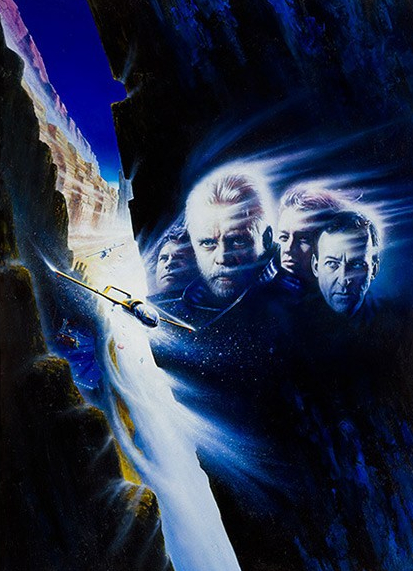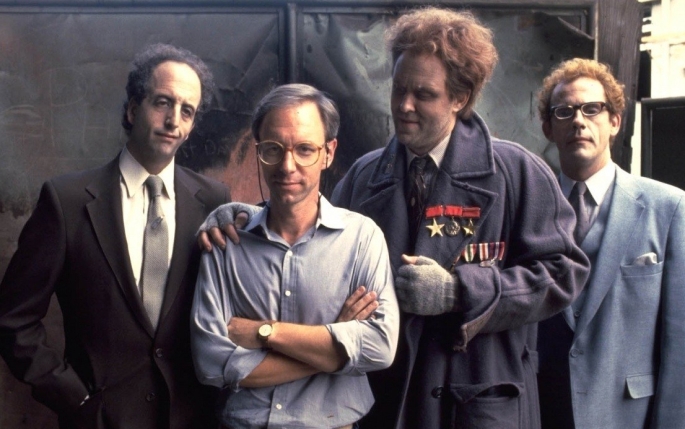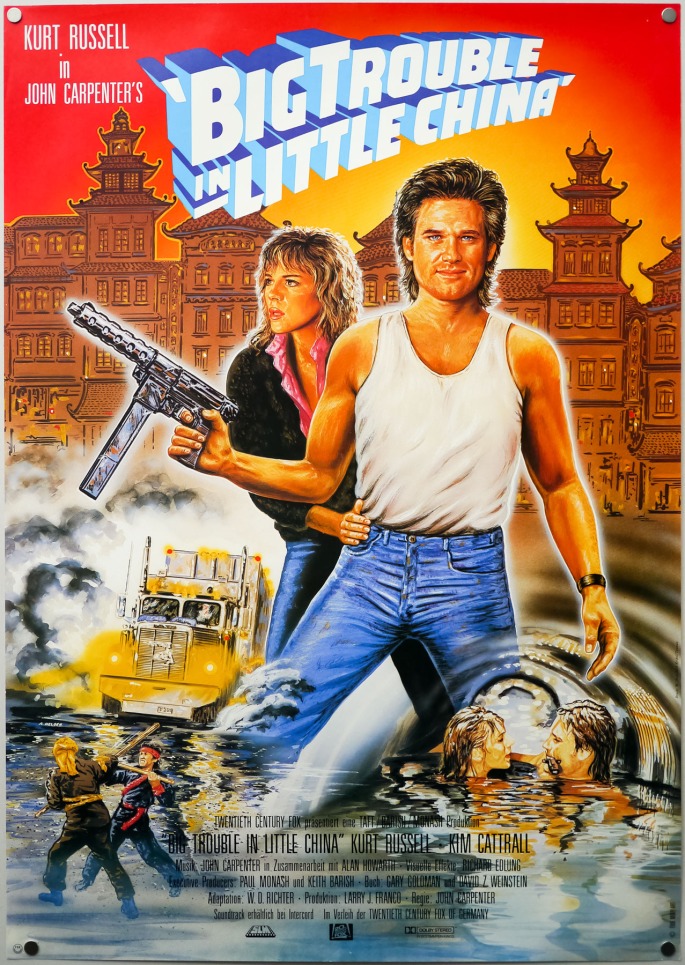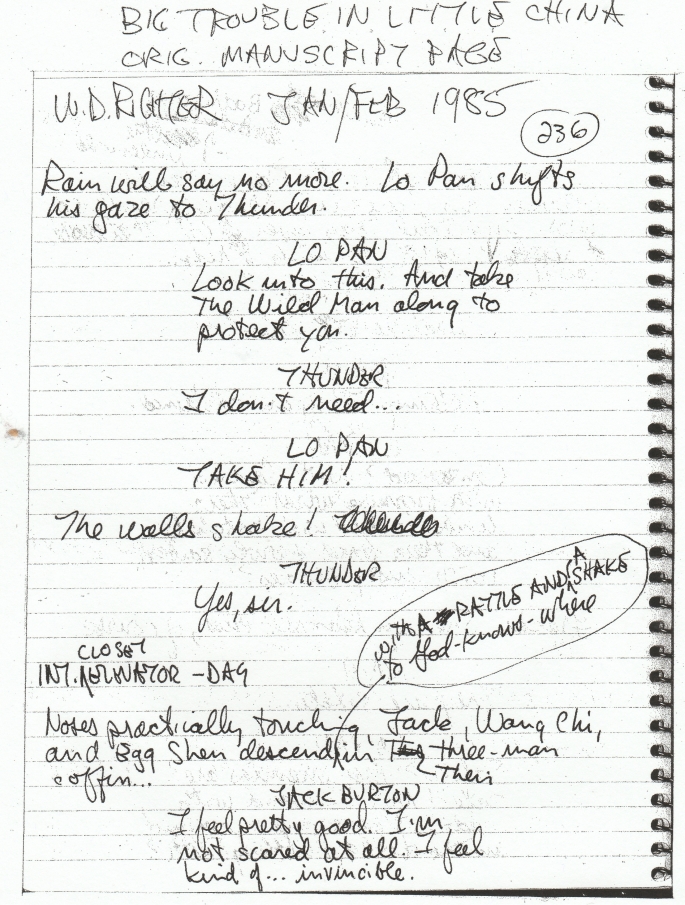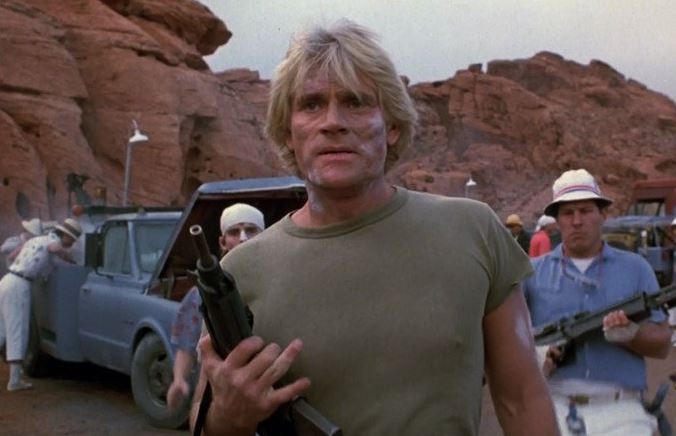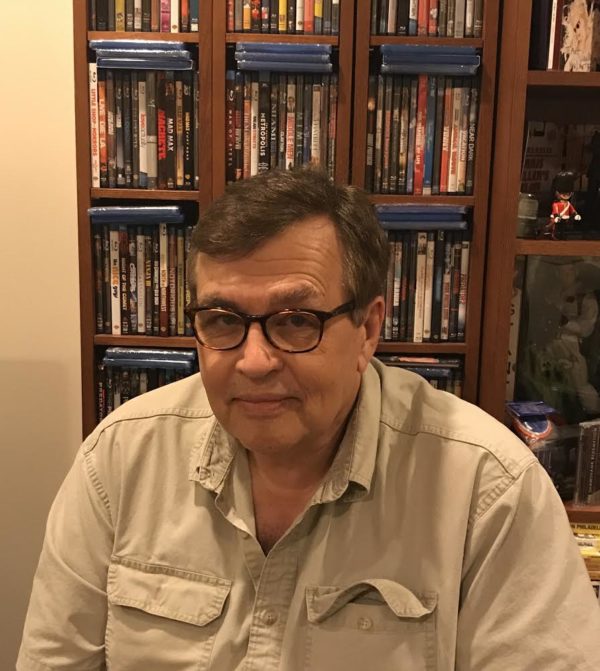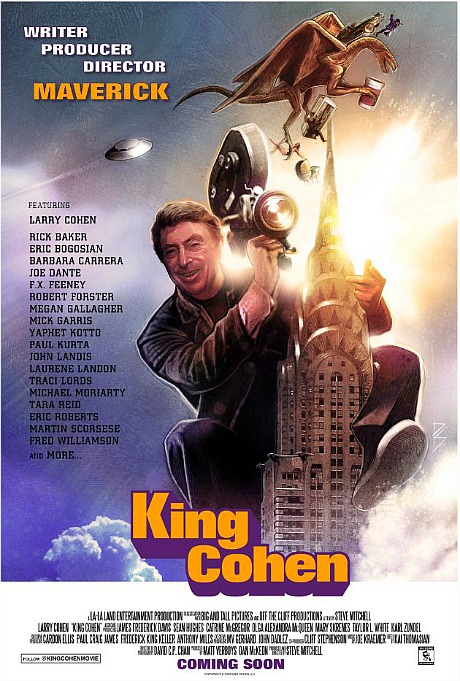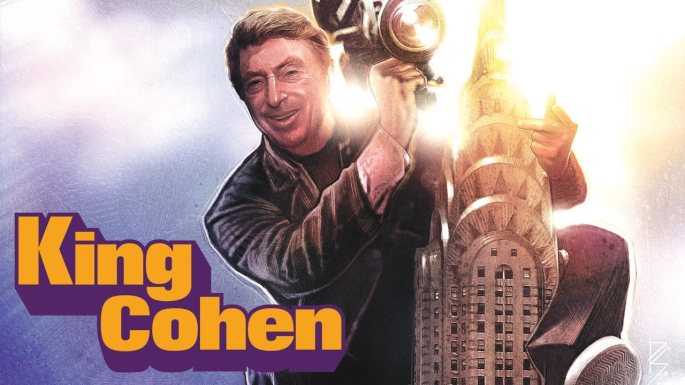If space really is the final frontier then there’s going to be all sorts of scary shit lurking out there we’ve never heard of, a notion that Hollywood has taken full advantage of in exploring the SciFi genre. The chief threat would of course be extraterrestrials and naturally loads of fun films have been done on that but I also like to observe how it’s branched out into things like rogue A.I., evil alternate dimensions or haunted planets for some really imaginative ventures. Here are my top ten personal favourites!
10. Christian Dugay’s Screamers

This one’s pretty cool, if a bit low budget and schlocky. So basically in a distant galaxy there’s an interplanetary war going on for decades and one side invents something called Screamers to hunt their foe and turn the tide. They’re self replicating, blade wielding, problem solving machines called Screamers but eventually they get too smart and instead of just hunting down enemy forces they pretty much go after anything that moves, not to mention start evolving themselves and it’s up to one squadron of soldiers to wipe them out. The creatures themselves are actually pretty frightening and man do they ever scream so it makes for a neat horror flick. Plus Peter ‘Robocop’ Weller plays the military commander and you can never go wrong with him.
9. Rand Ravich’s The Astronaut’s Wife

This is admittedly an odd choice because of its hour and forty minute runtime only about ten minutes is actually set in space, and only just above the earth’s atmosphere. However, the ambiguous evil force that astronaut Johnny Depp encounters there infects and follows him back down to the surface and the resulting film has an exceedingly unearthly feel to it. Charlize Theron classes up the joint as the titular wife whose keen intuition red flags his creepy behaviour early on and adds tension to the proceedings. Tom Noonan, Joe Morton, Donna Murphy, Nick Cassavetes and Clea Duvall add further pedigree as well. This is a critically shunned film for the most part but I enjoy it, there’s a slick Rosemary’s Baby vibe, Depp and Theron do very well in their roles and the otherworldly presence, although felt and never seen, is apparent in every shadowy frame.
8. Andrej Bartkowiak’s Doom

You can all fight me on this one. It’s a shit film no doubt, but I consider it hella great entertainment, even if it has little to nothing in common with the games. Dwayne Johnson and Karl Urban leading a team of rowdy marines on a Martian extermination mission? Yes please. Rosamund Pike as a sexy scientist? Absolutely. Never mind that we only see actual Martian landscape for a ten second establishing shot, that can be forgiven when I consider the bitchin’ soundtrack, hardcore creature gore, wicked cool first person shooter sequence and scene stealing supporting work from cult favourite Richard Brake as the obligatory perverted loudmouth mercenary in their ranks.
7. John Carpenter’s Ghosts Of Mars

Another Martian outing yay! And another universally reviled film that I absolutely love double yay!! In case you haven’t noticed by now I’m trying not to always aim for the obvious choices here, which can be controversial. However, I will never compromise and choose a film that I don’t like just to be contrary, these choices genuinely reflect my taste and I own them. This film is a heavy metal induced bundle of fun, a B movie western gem that doesn’t take itself too seriously, has a solid cast, gnarly SFX makeup and one headbanger of a score from Anthrax. Plus, Natasha Henstridge and Ice Cube make one badass buddy team-up to take down vengeful Martian spirits possessing the corpses of slaughtered miners.
6. Jim Isaac’s Jason X

Jason Voorhees in space!! This is one of my favourite franchise entries, mostly because of Jason’s epic new gear upgrade and also the awesome cameo from David Cronenberg who, yes, gets mauled by our hero. Jason has been in cryogenic suspension for hundreds of years and awakens in the 25th century to wreck havoc aboard a spaceship full of intergalactic college students. You pretty much improve any franchise by making one that’s set in space but you also have to have a fun production to back up the concept (check out Leprechaun in space for a failed example) and this one is dope. Foxy Lexa Doig from Continuum makes a cool Final Girl, there’s a spectacularly gruesome kill involving liquid nitrogen and two slutty camper chicks get what may be the best lines of the whole series. Also, Jason just looks so fly here with his space grade machete and chromed up super-mask.
5. David Twohy’s Pitch Black

This launched the epic Riddick franchise that I will always champion and went on to traverse space opera, animation and video game territory but the catalyst is this lean, mean creature feature showcasing Vin Diesel in probably his best role. As a ragtag crew m crash lands on a distant world with three suns, all about to plunge the planet into nighttime for months, while hordes of vicious extraterrestrial predators who can’t stand light come crawling out of caverns to hunt. Perfect timing right? Riddick & Co must set aside their dysfunctions and work together to fight back, survive and repair a damaged ship so they can ditch this dangerous rock for good. It’s good old fashioned mid level budget SciFi horror fun, before the series took off and soared to new heights in the equally fun but different Chronicles Of Riddick.
4. Christian Alvert’s Pandorum

This film was overlooked and I can somewhat see why. It’s a horror to be sure but there’s a quiet, contemplative nature to the exposition and I think people weren’t expecting something so complex as opposed to a straight up deep space monster flick. Two astronauts (Dennis Quaid and Ben Foster) awaken on a mammoth derelict space station stranded somewhere among the stars. Where were they headed? Where’s the rest of the crew? What are those chilling animalistic noises emanating from the hallways? This is a fun, frightening one to figure out, it’s got truly freaky creatures, a weird psychological aspect and one kicker of an ending.
3. Tobe Hoopers’s Lifeforce

Who doesn’t love vampires from space?! This one is a real oddity, cobbled together with various elements and ideas but dementedly committed to its singular vision and as a result comes out an inspired winner and one of the absolute weirdest SciFi flicks out there. Steve Railback leads a team of astronauts who discover slumbering bloodsuckers about a gigantic alien craft, which they very foolishly bring back to earth. Cue rampant chaos, global collapse and some extremely unsettling zombified makeup effects. Oh, and Patrick Stewart too. Grab the boutique Blu Ray if you can find it, I promise you there’s noting out there quite like it.
2. Paul WS Anderson’s Event Horizon

One of the spookiest and most infamous horrors ever made sees a salvage crew attempt the rescue of a missing prototype spaceship that somehow got itself into a black hole and brought back the entire Hellraiser universe with it. This one is unapologetically gory, over the top and filled with enough grisly images to make even die hards nervous.
1. The Alien Quadrilogy

I know I know, it’s cheating to give one spot on the list to four films but they really do feel intrinsically linked as one saga. Ridley Scott’s atmospheric, suspenseful initial shocker. James Cameron’s rootin tootin mercenary safari action blowout follow up. David Fincher’s deliberately unsettling, nihilistic prison flick threequel. Jean Pierre Jeunet’s ultra gooey, deadpan entry packed with ooze, one liners, character actors and deranged alien lore. They’re four very different films set against the same template and idea of this Xenomorph but honestly they are all brilliant in their own way and I couldn’t pick a favourite. The haunted, silent corridors hiding unseen horror that Scott gave us. Cameron’s lovable, rambunctious squad of colonial marines teaming up with Ripley and scene stealing Newt. The acrid, eerie penitentiary world Ripley finds herself clawing for life on in Fincher’s nightmarish vision. That horrific Butterfly alien hybrid and the original blueprint for Joss Whedon’s Firefly Space pirates led by Michael fuckin’ Wincott and Ron friggin Perlman in Jeunet’s funhouse of gore and dark comedy. Just so, so much to love.
Thanks for reading! Stay tuned for more!
-Nate Hill


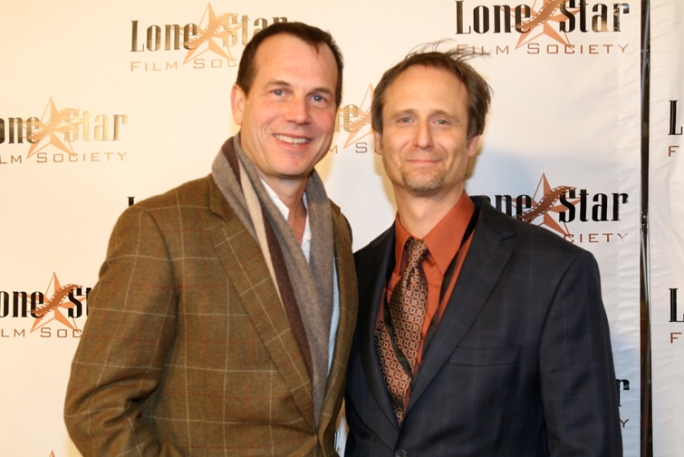
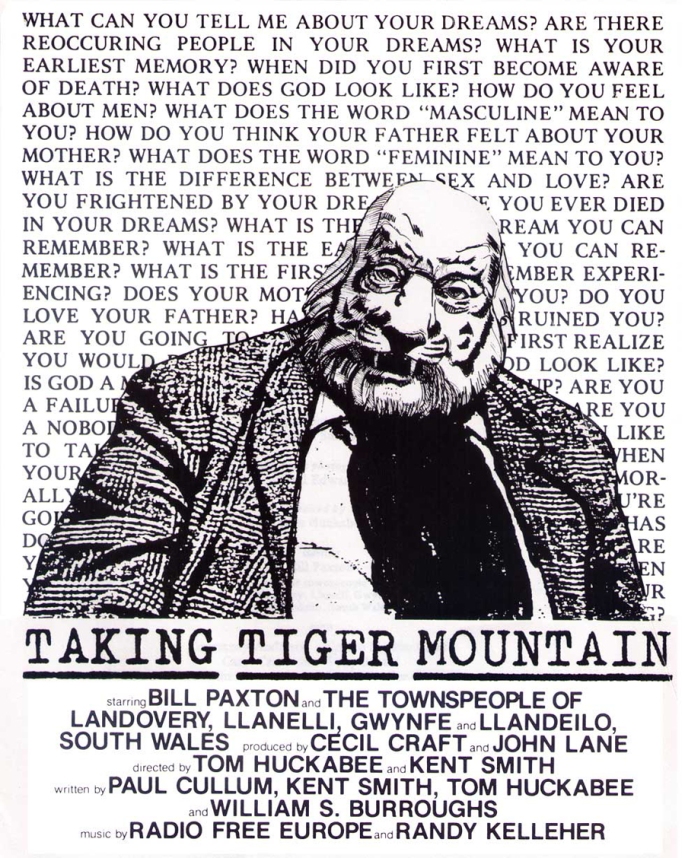 Another part of the allure for me to tackle this movie is the treat of seeing Bill Paxton back on the screen. I remember watching Edge of Tomorrow and delighted in his presence – a kind of measured version of his character from Weird Science. The man was talented – even though he made it all look far too easy. But as I spoke to Tom Huckabee, (Paxton’s longtime friend and collaborator) I quickly was made to understand that this easy-chair nature I’d seen and enjoyed in Paxton was in fact a ruse. Turn’s out Bill was a lot more Near Dark than most people really knew.
Another part of the allure for me to tackle this movie is the treat of seeing Bill Paxton back on the screen. I remember watching Edge of Tomorrow and delighted in his presence – a kind of measured version of his character from Weird Science. The man was talented – even though he made it all look far too easy. But as I spoke to Tom Huckabee, (Paxton’s longtime friend and collaborator) I quickly was made to understand that this easy-chair nature I’d seen and enjoyed in Paxton was in fact a ruse. Turn’s out Bill was a lot more Near Dark than most people really knew.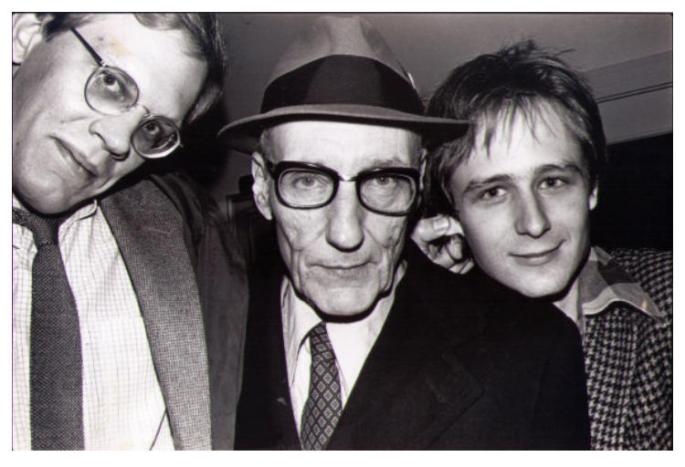 So this is the first time since 1983 that you’ll have to witness this compelling cinema experience influenced by William Burroughs – which is then counter balanced with the writings of Valerie Solanas. Portions of text coming from a Burroughs’s novella whose title had already been taken by a chap named Ridley Scott.
So this is the first time since 1983 that you’ll have to witness this compelling cinema experience influenced by William Burroughs – which is then counter balanced with the writings of Valerie Solanas. Portions of text coming from a Burroughs’s novella whose title had already been taken by a chap named Ridley Scott.



